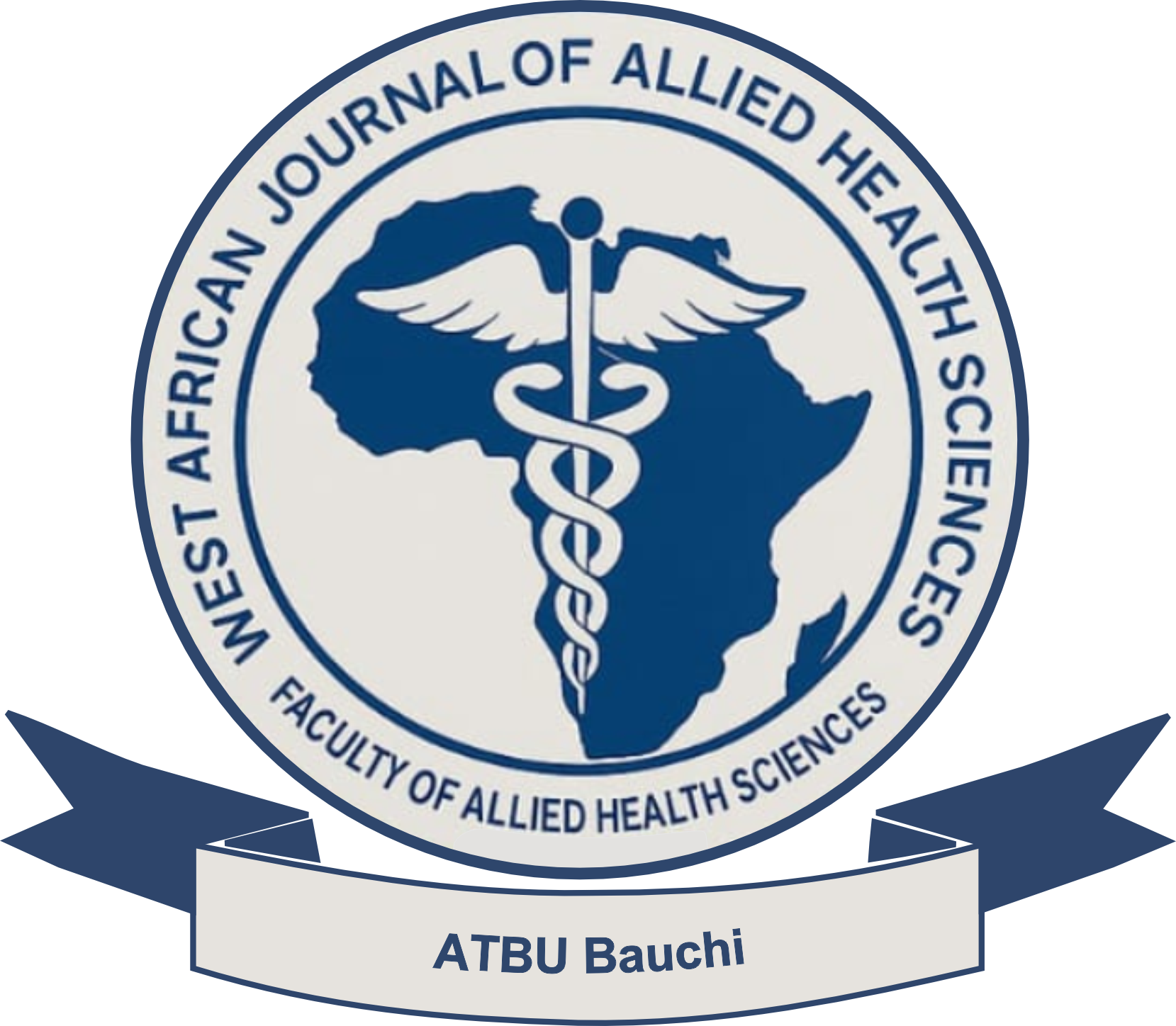Radiographic Assessment of Proximal Femoral Morphology in Normal Nigerian Adults
Keywords:
Anatomy, Hip, femur, neck-shaft angle, head diameter, horizontal offsetAbstract
Introduction: Population-specific data on proximal femoral anatomy is crucial for optimizing orthopedic procedures like total hip arthroplasty, yet such data for Nigerian adults is scarce. This study aimed to assess key radiographic parameters of the proximal femur: neck-shaft angle (NSA), femoral head diameter (HD), and femoral horizontal offset (HO) in normal Nigerian adults, focusing on gender and side differences. Methods: A cross-sectional study of 100 hip radiographs (50 males, 50 females) of patients without history of lower extremity pathology was conducted. NSA, HD, and HO were measured bilaterally. Gender and side differences were analyzed using independent and paired t-tests (p < 0.05). Results: The mean NSA was significantly higher in males (132.13° ± 3.65) compared to females (129.45° ± 5.45), (p < 0.001). Side-to-side comparison also showed a significant difference (Right: 129.47° ± 4.27; Left: 132.11° ± 4.87; p < 0.001). Males had a significantly larger mean HD (4.84 ± 0.26 cm) than females (4.58 ± 0.40 cm), (p < 0.001), with a modest but significant side difference (Right: 4.71 ± 0.36 cm; Left: 4.59 ± 0.43 cm; p = 0.03). The mean HO showed no significant gender difference (Males: 3.82 ± 0.29 cm; Females: 3.80 ± 0.35 cm; p = 0.742) or side-to-side variation (Right: 3.81 ± 0.32 cm; Left: 3.85 ± 0.36 cm; p = 0.184).
Conclusion: This study provides essential baseline data on proximal femoral anatomy in the Nigerian adult population. Notable gender differences were observed in NSA and HD, while HO appeared consistent across sexes and sides. These findings underscore the need for population-specific reference values to guide implant design, surgical planning, and orthopedic education in Nigeria.





